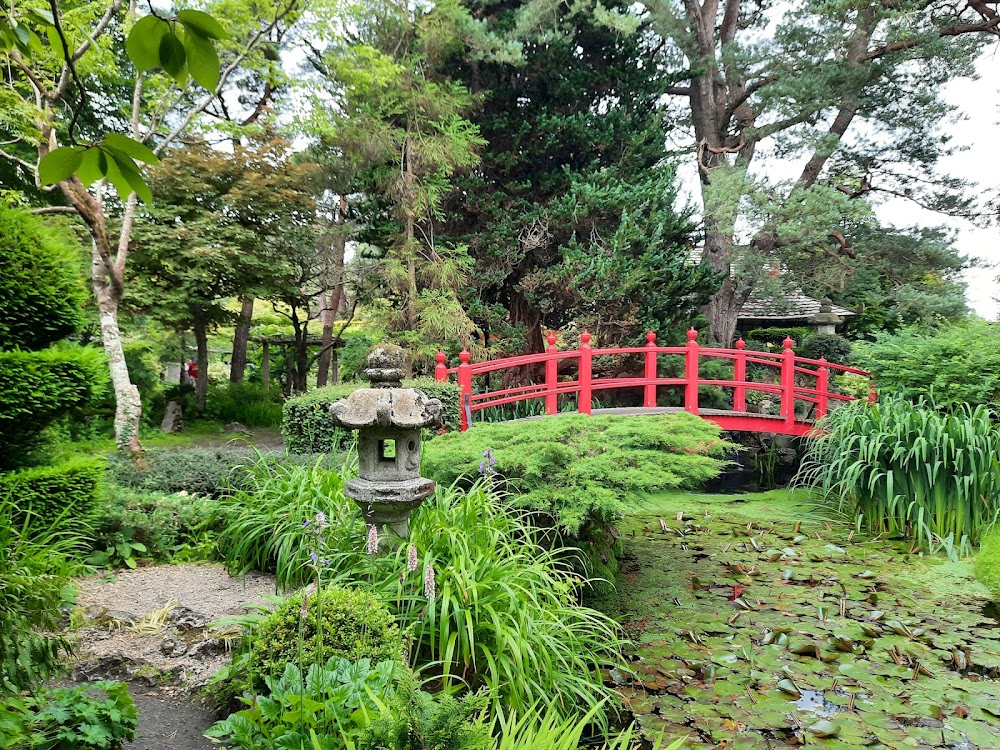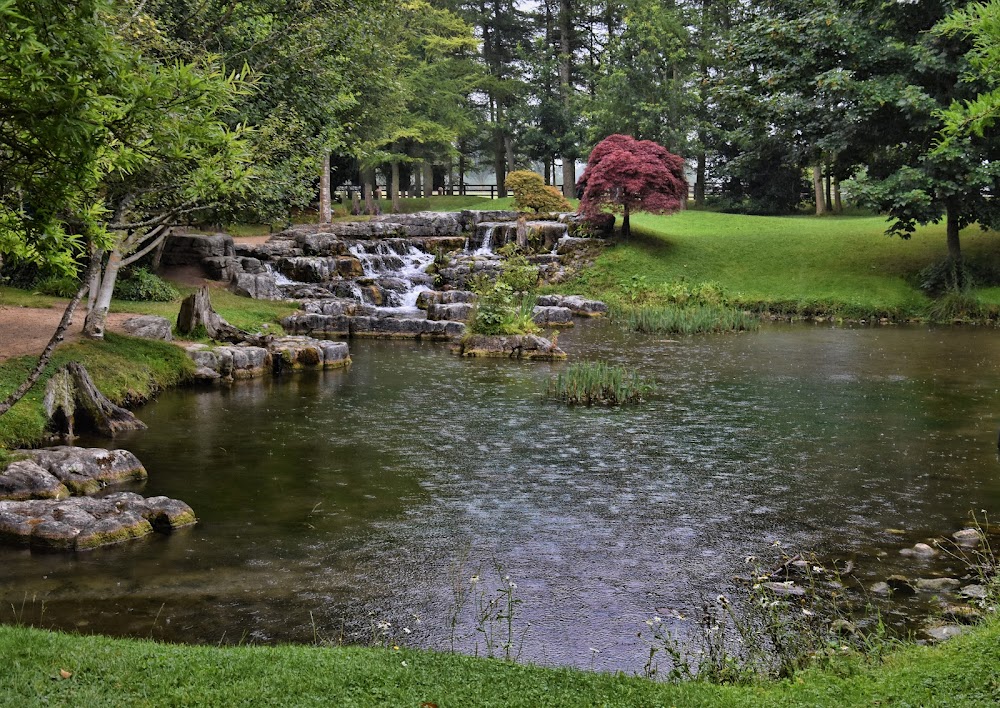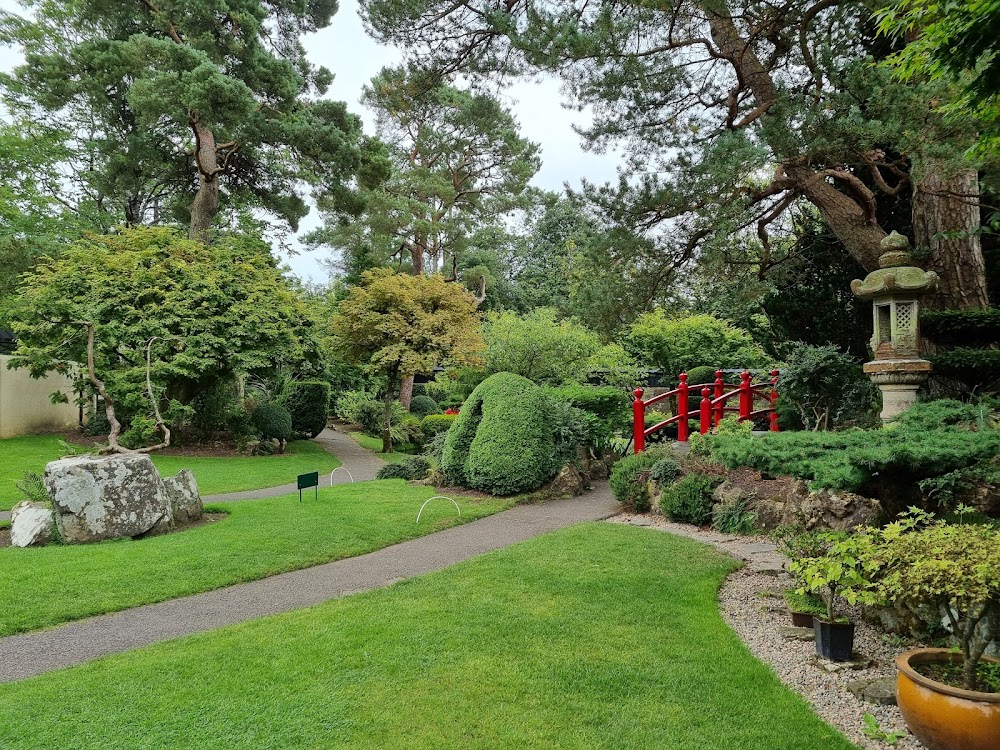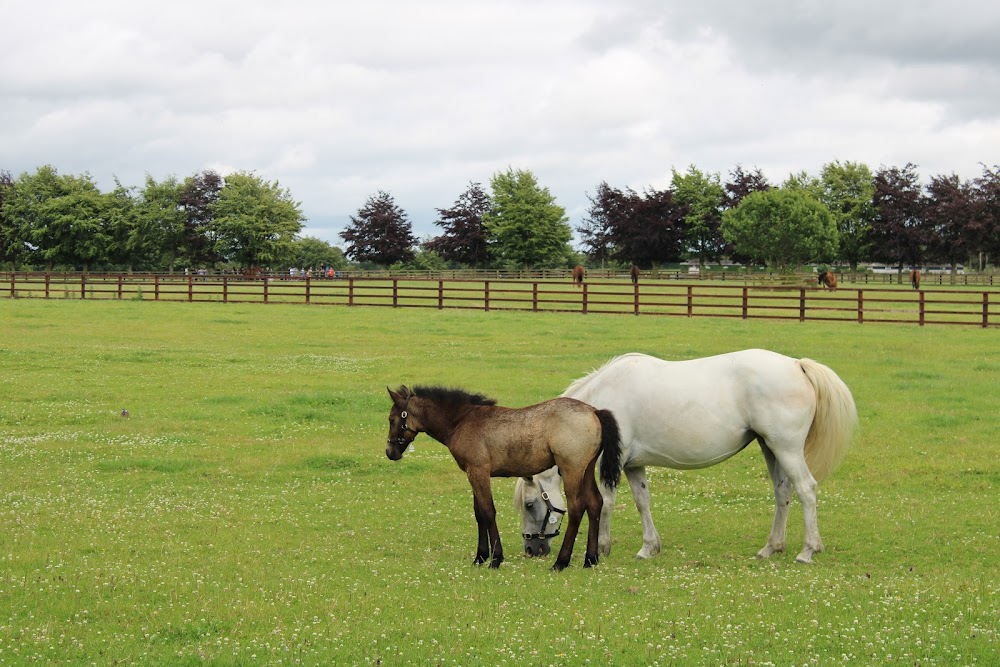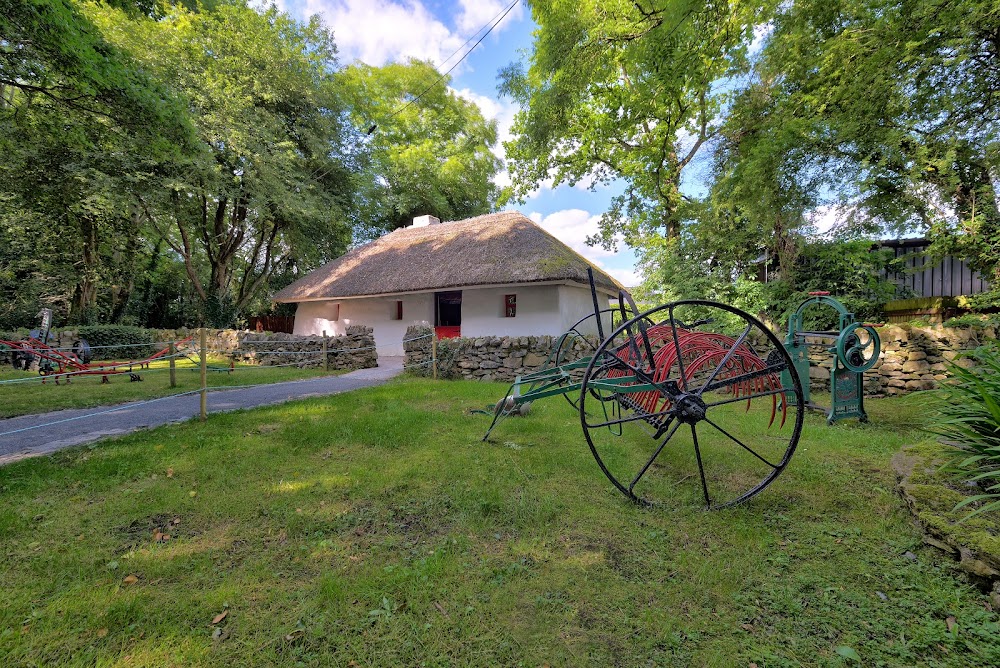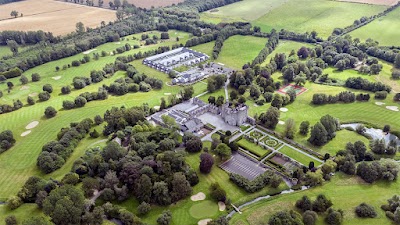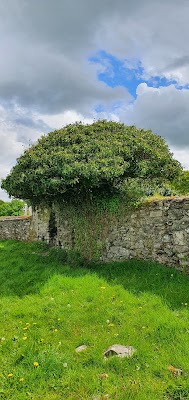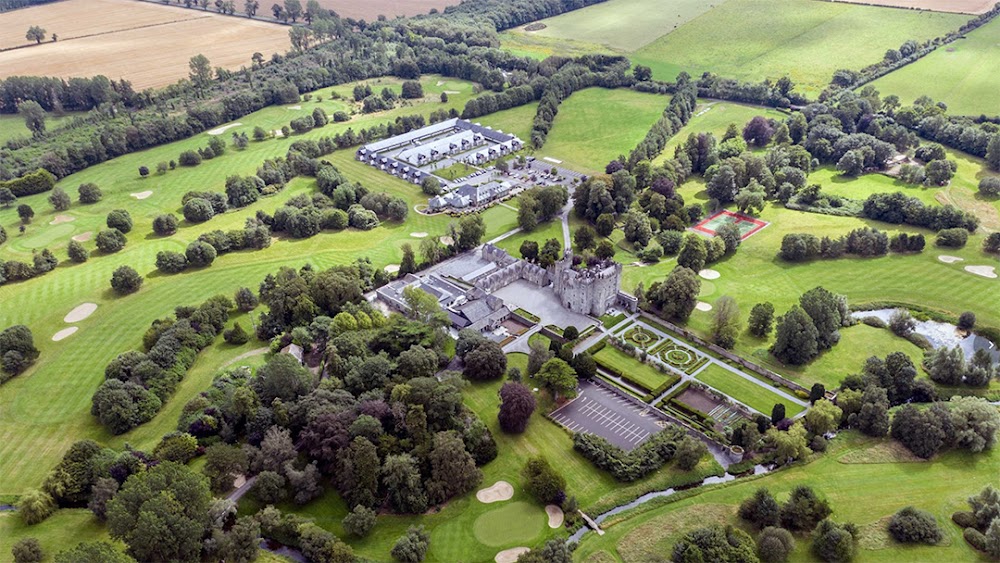Irish National Stud (Stud Náisiúnta na hÉireann)
Overview
The Irish National Stud & Gardens, nestled in the heart of Kildare, Ireland, is celebrated for its rich history and breathtaking beauty. This prestigious establishment embodies Ireland’s longstanding connection with both horse breeding and horticultural excellence, making it a must-visit for anyone exploring the Emerald Isle.
The roots of the Irish National Stud trace back to 1900, when Colonel William Hall Walker, a passionate horse racing enthusiast, acquired the Tully property in Kildare. Walker's fascination extended beyond horses; he was also an astrology aficionado who believed that the stars influenced a horse's destiny. To explore this intriguing connection, he meticulously recorded the birth dates and times of his horses, delving into their astrological futures.
Walker's unique approach to breeding quickly bore fruit, with notable winners emerging from his stud as early as 1904. In a remarkable act of generosity during World War I, he donated the entire Tully estate, including the stud farm, to the British government. Following the war, the British transformed it into the British National Stud, recognizing its significance in the equestrian world.
However, Ireland saw the immense potential of this property. In 1945, after gaining independence, the Irish Government reacquired the stud farm from Britain and rebranded it as the Irish National Stud. Since then, it has thrived as a premier center for thoroughbred breeding, producing countless champion horses that have made their mark on the international stage.
In addition to its equine prestige, the Irish National Stud is renowned for the Japanese Gardens, created between 1906 and 1910 under Colonel Walker's guidance. He enlisted the expertise of Japanese gardener Tassa Eida and his son Minoru to design these exquisite gardens. The layout symbolizes the "Life of Man," showcasing the stages of human existence through beautifully crafted landscapes.
Visitors to the Japanese Gardens are treated to a serene oasis filled with traditional elements such as bridges, stone lanterns, and koi ponds, all complemented by a diverse array of carefully chosen plants. The winding pathways invite reflection and tranquility as one explores the symbolic stages of life embedded within the gardens.
Adjacent to the Japanese Gardens lies St. Fiachra’s Garden, added in 1999 to honor the patron saint of gardeners. This stunning garden harmoniously blends Ireland's rugged natural beauty with artistic landscaping, featuring cascading waterfalls, dramatic rock formations, and lush vegetation. It serves as a tribute to the enchanting and mystical Irish landscape.
The Horse Museum at the Irish National Stud further enriches the visitor experience, offering insights into the history of horse breeding in Ireland. The museum showcases an array of memorabilia, including trophies, riding gear, and biographies of renowned horses bred at the stud. It stands as a testament to the stud farm’s illustrious past and its pivotal role in the equestrian world.
With its flourishing stud farm, tranquil Japanese Gardens, and evocative St. Fiachra’s Garden, the Irish National Stud & Gardens presents a truly unique destination. The enduring legacy of excellence in horse breeding, combined with the stunning gardens, continues to attract visitors from around the globe, celebrating Ireland’s rich cultural heritage and its profound connection with nature and animals.


